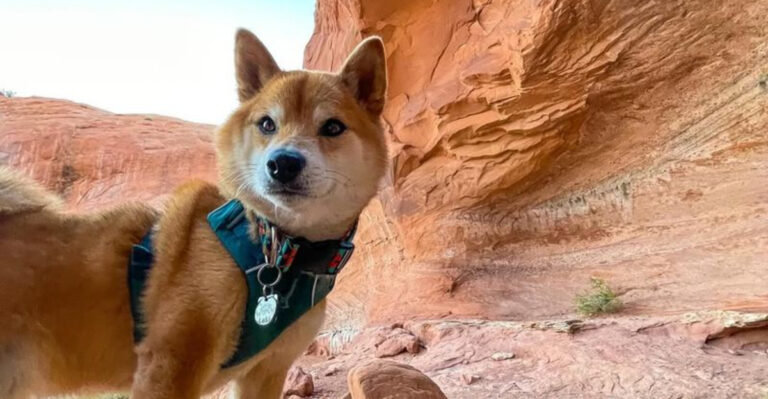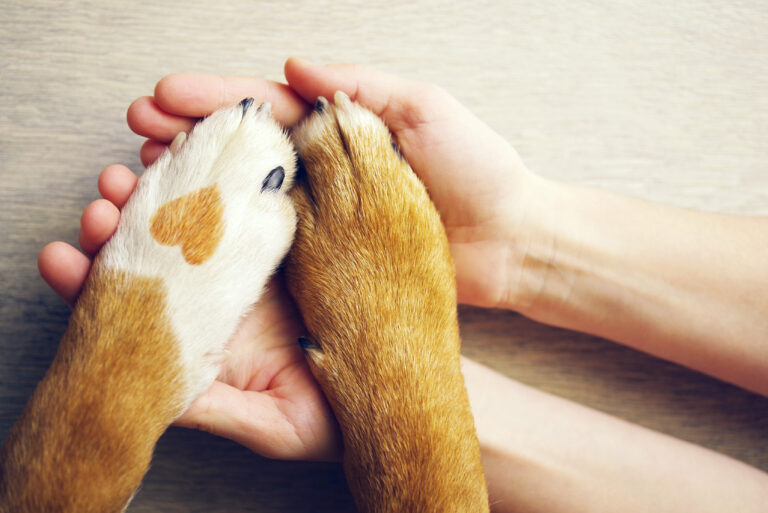19 Warning Signs You Shouldn’t Ignore When Adopting A Dog

Adopting a dog is a heartwarming adventure, but it’s not all wagging tails and playful barks. Just like any relationship, it requires understanding, patience, and observation.
Before you bring home a furry friend, here are 19 quirky and sometimes surprising signs that you should pay attention to during the adoption process. These signs might just save you a whole lot of trouble and heartache.
1. Uneven Energy Levels

Imagine a dog that oscillates between being a couch potato and a hyperactive squirrel. If its energy levels seem oddly uneven, it could be a sign of underlying health issues or poor previous nutrition.
Be observant. Energy inconsistency might indicate that the dog needs a vet visit or specific dietary adjustments. A balanced pup is a happy pup.
2. Overly Timid Behavior
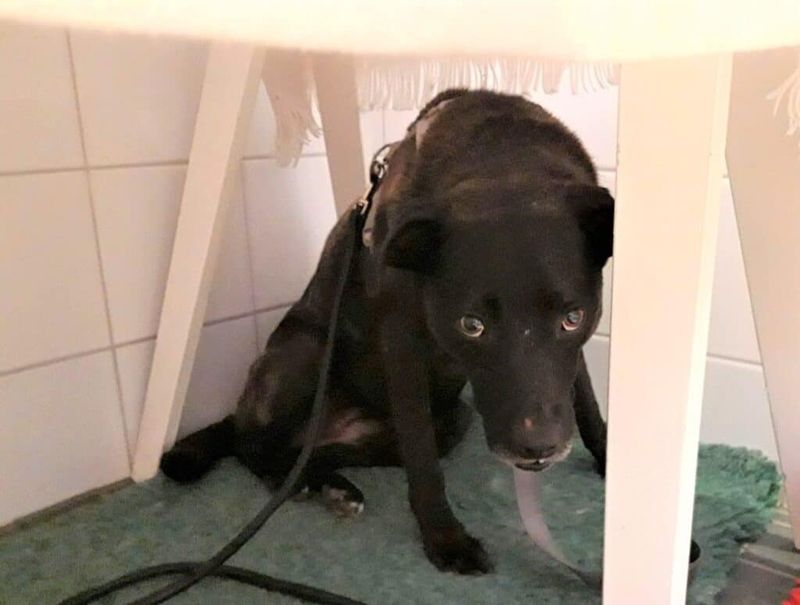
Ever met a dog who seems to be playing hide-and-seek indefinitely? Overly timid behavior can be a sign of trauma or lack of socialization.
It’s crucial to approach with patience and gentle encouragement. Building trust with a timid dog requires time, love, and maybe a few tasty treats. But beware, this journey may take longer than expected.
3. Constant Scratching
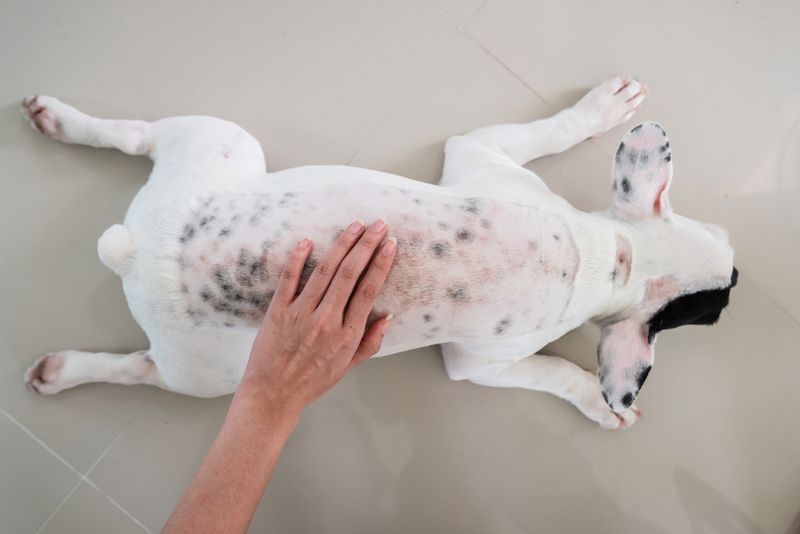
If the dog looks like it’s auditioning for a role in a flea commercial, constant scratching isn’t just annoying—it’s a red flag.
Allergies, skin conditions, or pests like fleas and ticks could be the culprits. A vet check-up and a thorough grooming session might be on the cards. Comfort is key, and your future pup deserves it!
4. Avoids Eye Contact

Playing hard to get isn’t just a human trait. If a dog avoids eye contact, it may be shy or anxious. This behavior might indicate past mistreatment or neglect.
Earning the trust of such a pup involves patience and a nurturing environment. Remember, eye contact is a bridge to bonding in the canine world!
5. Excessive Barking
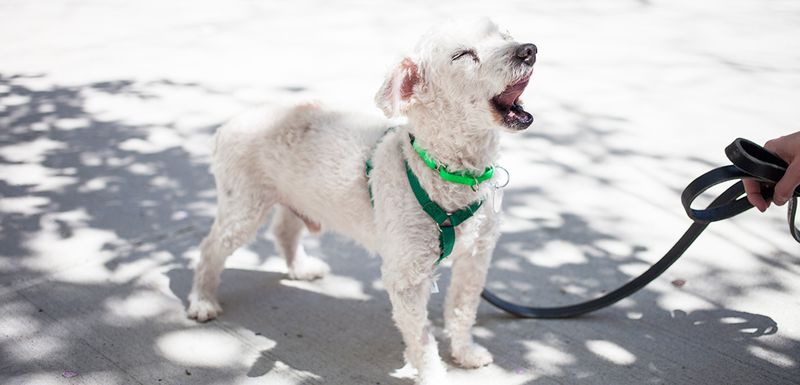
Meet the neighborhood’s newest alarm system! If a dog barks excessively, it might be stressed, bored, or seeking attention.
Understanding what triggers the barking can help address the issue. Training techniques and mental stimulation could turn this noisy fella into your quietest confidant. After all, silence is golden!
6. Unusual Aggression
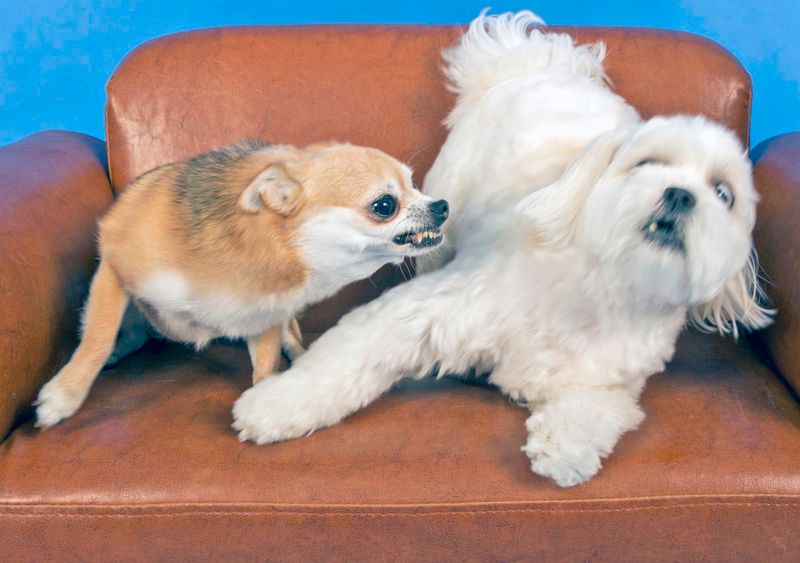
Aggression is never a toy to play with. A dog showing signs of unusual aggression might have underlying fear or medical issues.
Observe the situations that provoke this behavior. Professional training and veterinary advice are often necessary to help the dog feel safe and secure. Transforming growls into wags can be a rewarding journey.
7. Reluctant To Walk

When a dog sits down like it’s protesting its walk, there might be more at play than laziness. Fear, pain, or past trauma can make walking daunting.
Understanding the root cause and incorporating gentle encouragement can make walks enjoyable again. Remember, for some dogs, the world outside can be a big, scary place!
8. Food Guarding
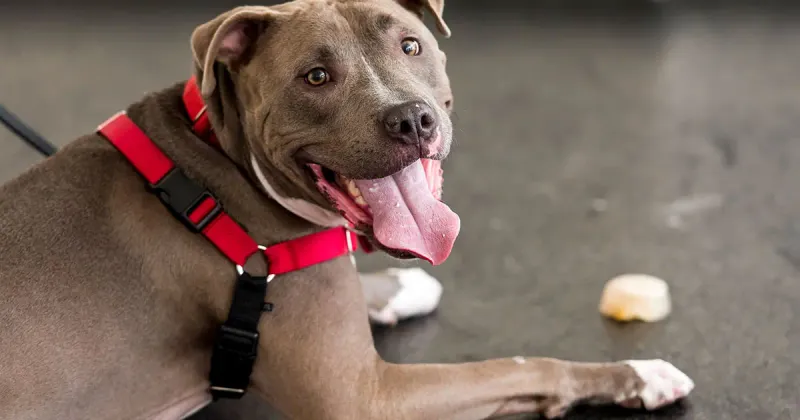
A dog that acts like its kibble is made of gold might exhibit food guarding. This behavior often stems from past scarcity or competition with other animals.
Patience and professional guidance can help ease this behavior. Creating a safe and plentiful environment reassures the dog that there’s always enough to go around.
9. Chewing Everything
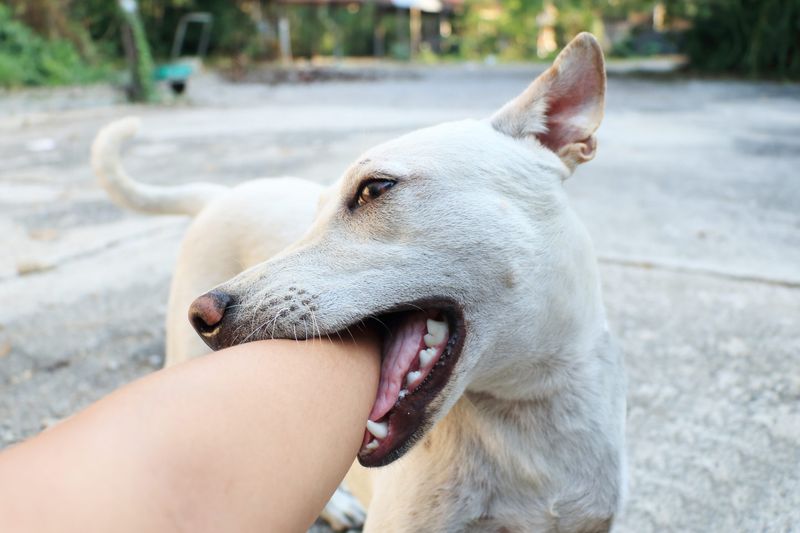
When every shoe becomes a chew toy, it’s not just mischief—it could be anxiety or teething. Understand if the dog is bored or stressed, and provide appropriate chew toys.
Consistent training helps redirect this behavior. Remember, patience and understanding are key to saving your favorite pair of sneakers!
10. Excessive Drooling
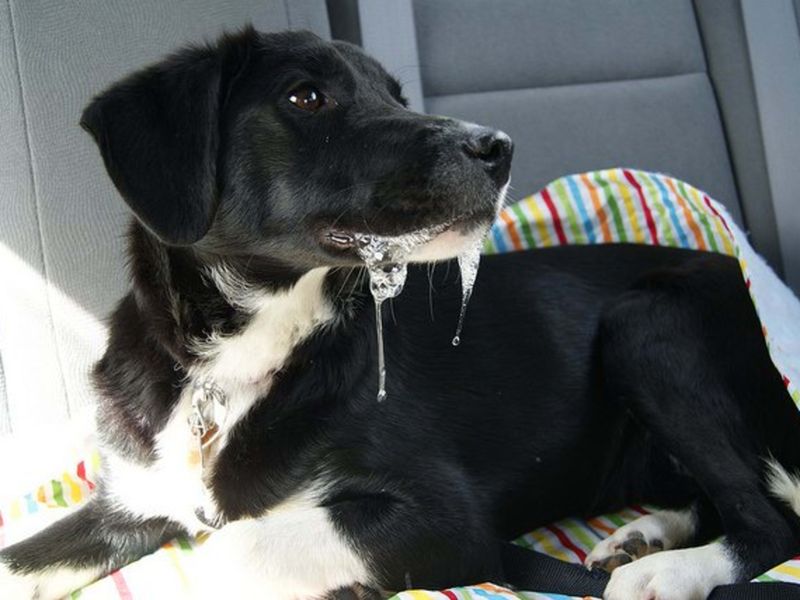
Excessive drool can drown more than just paperwork. While some breeds are prone to drooling, excessive slobbering can hint at dental issues or nausea.
Regular vet checks and dental hygiene are essential. If your home turns into a splash zone, it might be time to investigate further. Slobbery kisses can be endearing, but know the limits.
11. Unusual Weight Loss
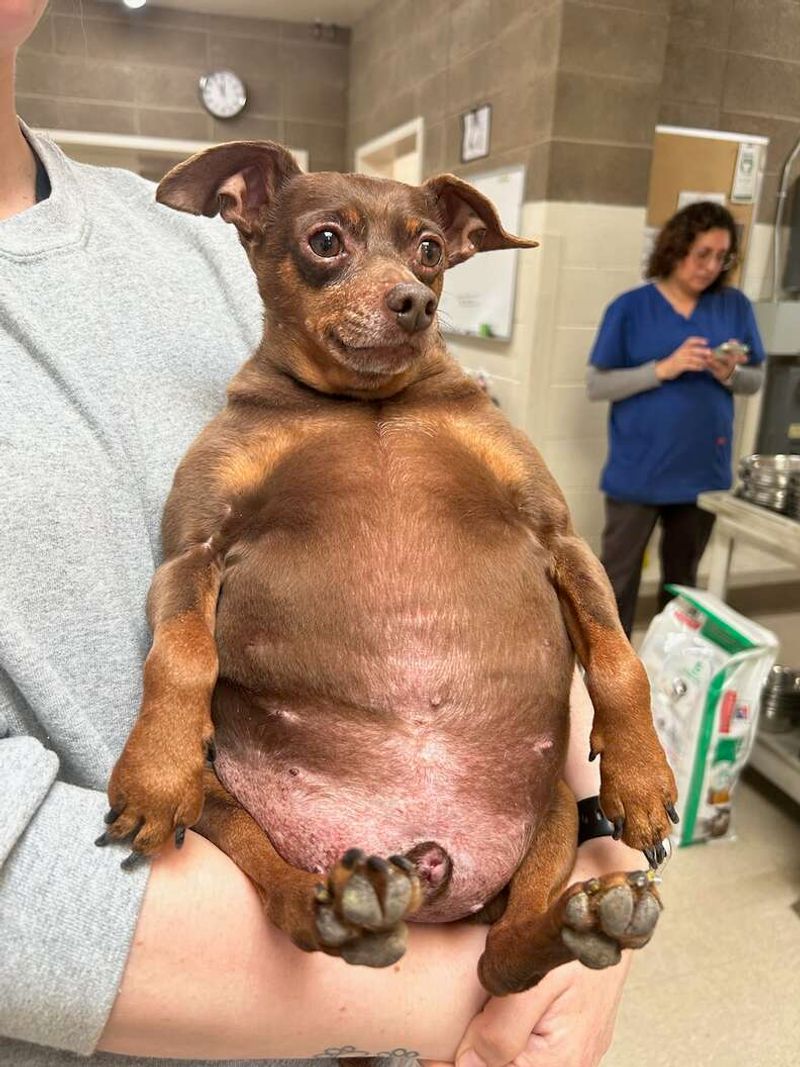
When a dog looks more like a shadow of itself, it might be experiencing unusual weight loss. This can be due to medical issues or parasites.
Immediate veterinary attention is crucial. With proper care and a nutritious diet, you can help the dog reclaim its healthy form and joy. After all, every dog deserves to feel fit and fabulous.
12. Lethargic Behavior

Nap time is delightful, but if a dog seems perpetually lazy, it might be lethargic. Health problems, lack of stimulation, or poor diet could be the reasons.
A trip to the vet, combined with engaging activities, can revive its zest for life. Remember, even the most relaxed dogs need a daily dose of excitement.
13. Runny Nose

A dog with a constant sniffle might be more than just curious. Runny noses can indicate allergies or respiratory infections.
Veterinary assessment is essential to ensure it doesn’t escalate. With proper care, even a sniffling pup can enjoy the scents of life without discomfort.
14. Unresponsive To Commands

A dog that acts like it’s never heard a word you said might be more than just stubborn. It could be due to hearing issues or lack of training.
Patience and consistent training can help. It’s a journey of learning together, turning commands into connections. After all, every dog wants to be in tune with its human.
15. Fear Of Loud Noises
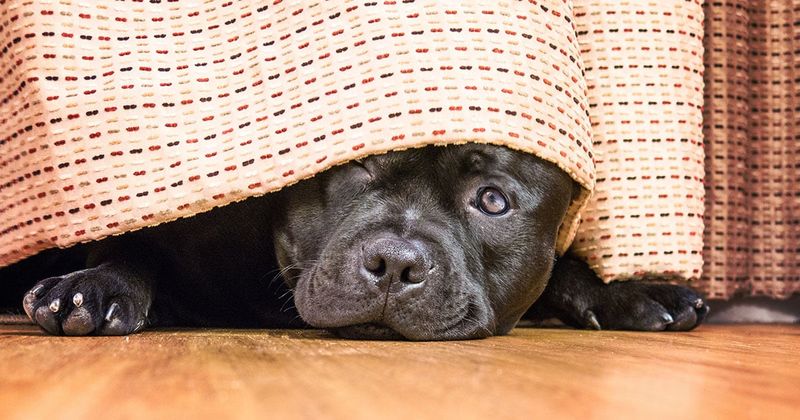
Thunderstorms can turn some dogs into quivering bundles of nerves. Fear of loud noises might suggest anxiety or past trauma.
Creating a safe space and gradual desensitization can ease their fears. It’s about transforming their world from thunderous claps to calm pats.
16. Pacing Continuously
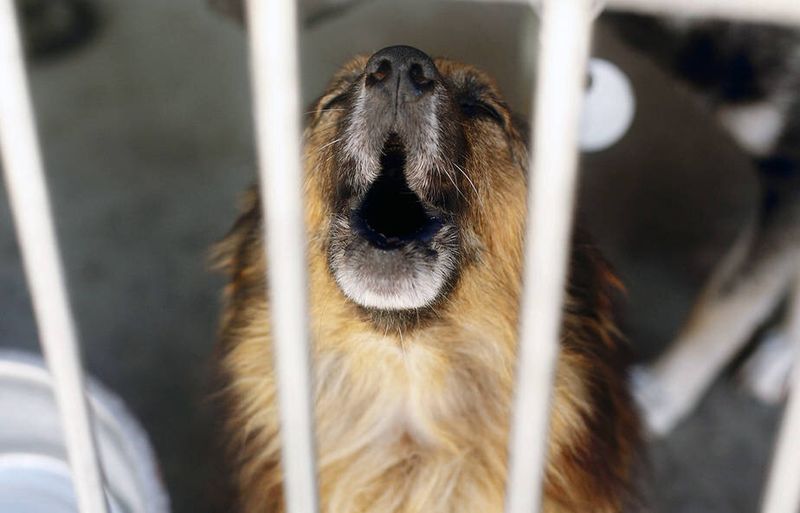
A dog walking laps in your living room might not be training for a marathon. Continuous pacing can indicate anxiety, stress, or boredom.
Observing the triggers and providing enough mental and physical stimulation can help. Turning restless paws into contented naps requires time and understanding.
17. Unkempt Fur

A dog that looks like it just rolled out of bed might be struggling with unkempt fur. This can indicate neglect, poor health, or inability to groom itself.
Regular grooming and a healthy diet can restore its shiny coat. Every dog deserves to strut its stuff with confidence and style.
18. Frequent Infections

If a dog frequents the vet more than a socialite attends parties, frequent infections might be the issue. Underlying health problems or a weak immune system could be to blame. Regular vet care and a nutritious diet are essential to building resilience. A healthy life is a happy life for any pup.
19. Unusual Vocalizations
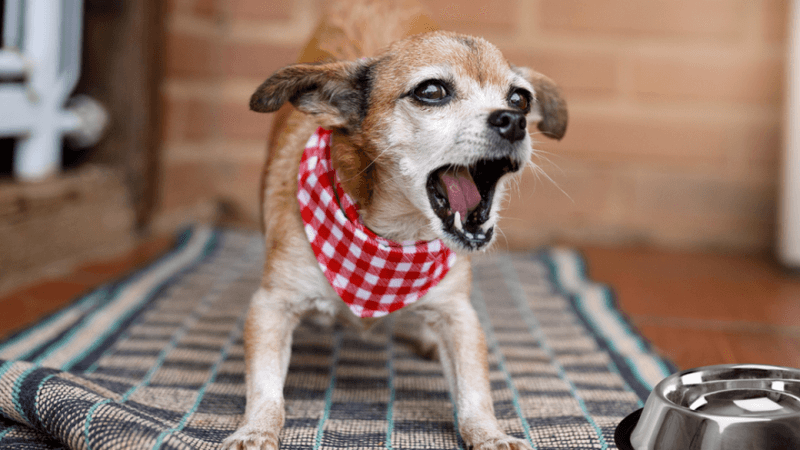
A dog that vocalizes in ways you’ve never heard might be trying to communicate discomfort or confusion. Understanding these sounds requires observation and sometimes professional advice.
With attention to its needs, you can unlock the language of your furry friend. After all, communication is the foundation of any great friendship.



